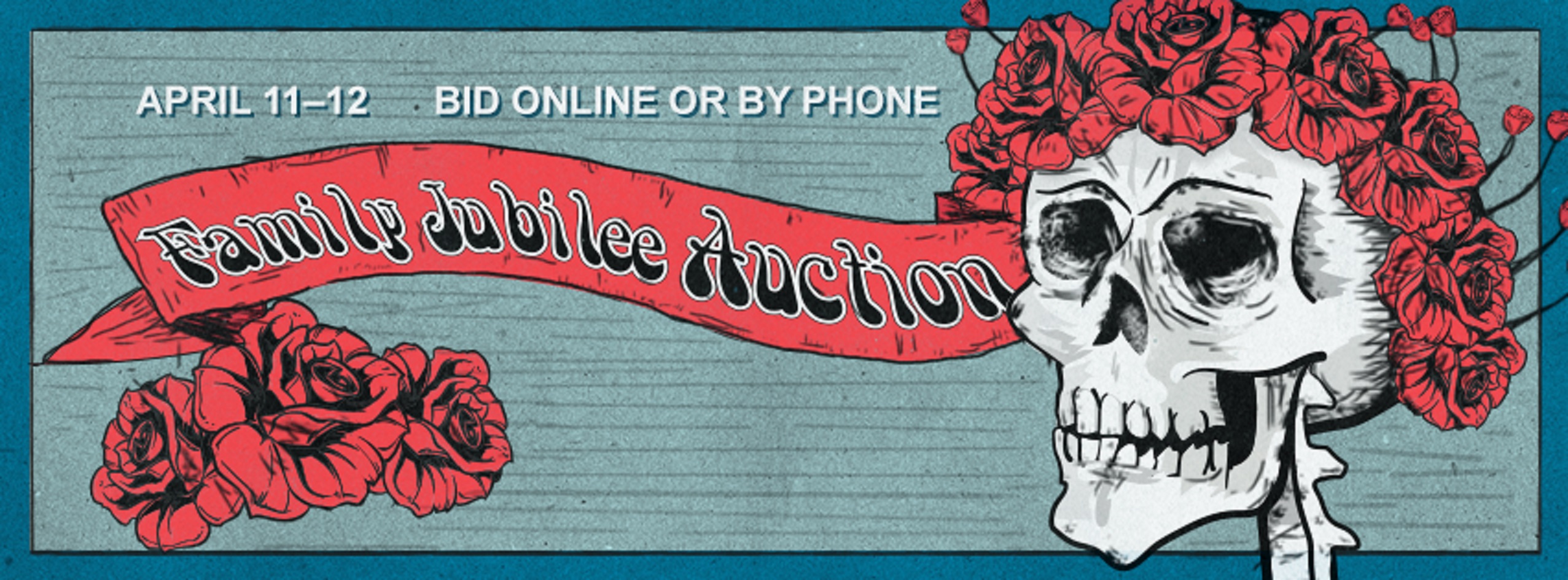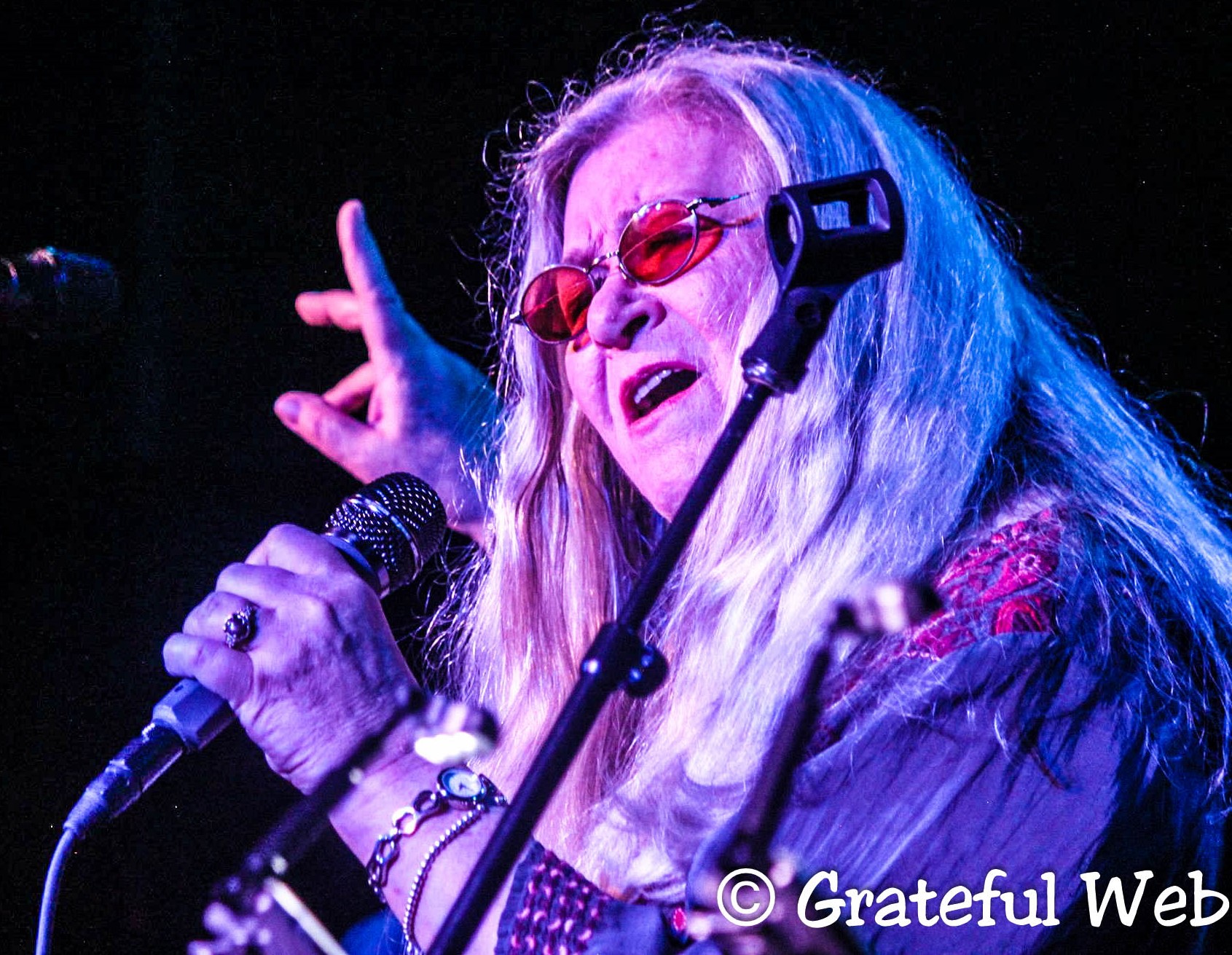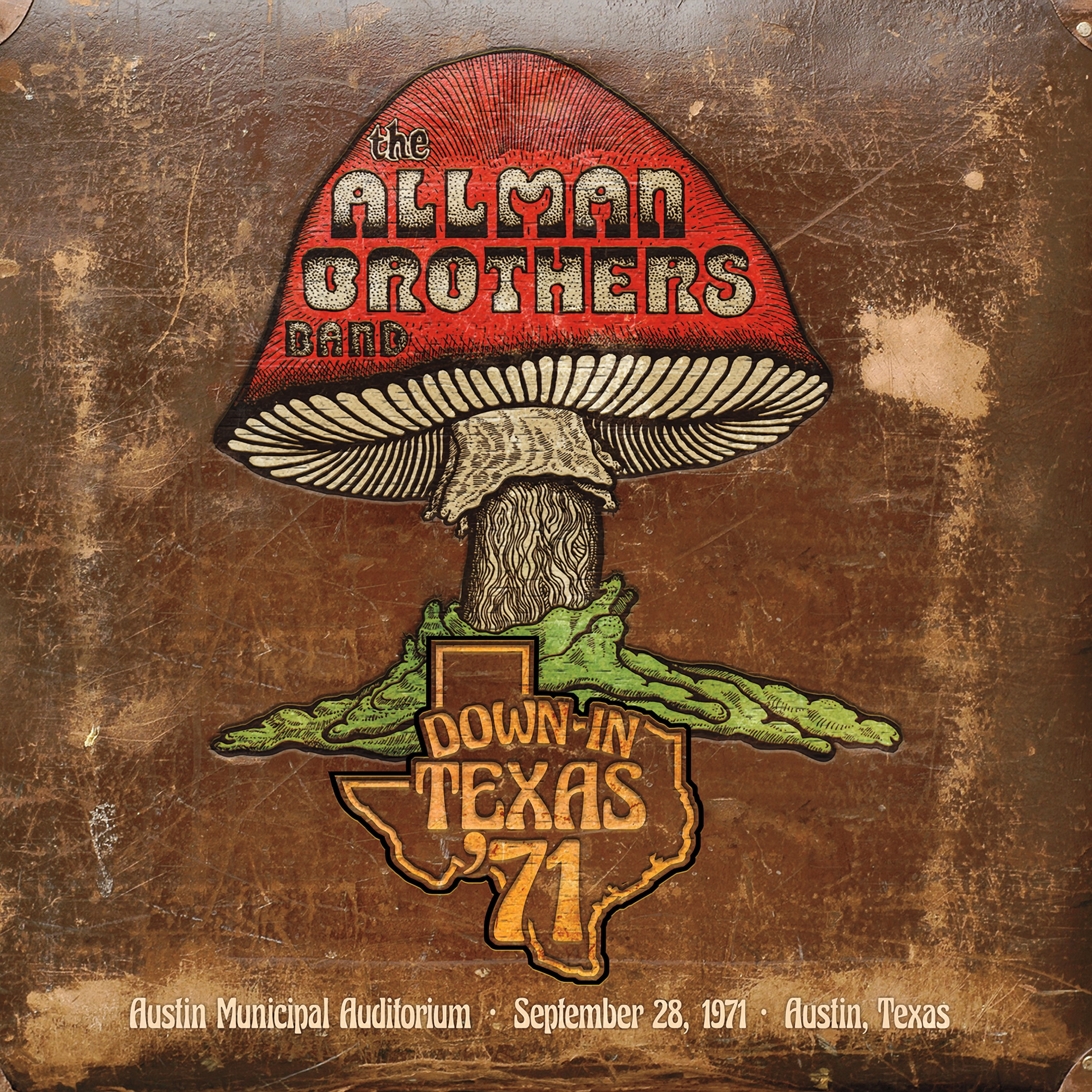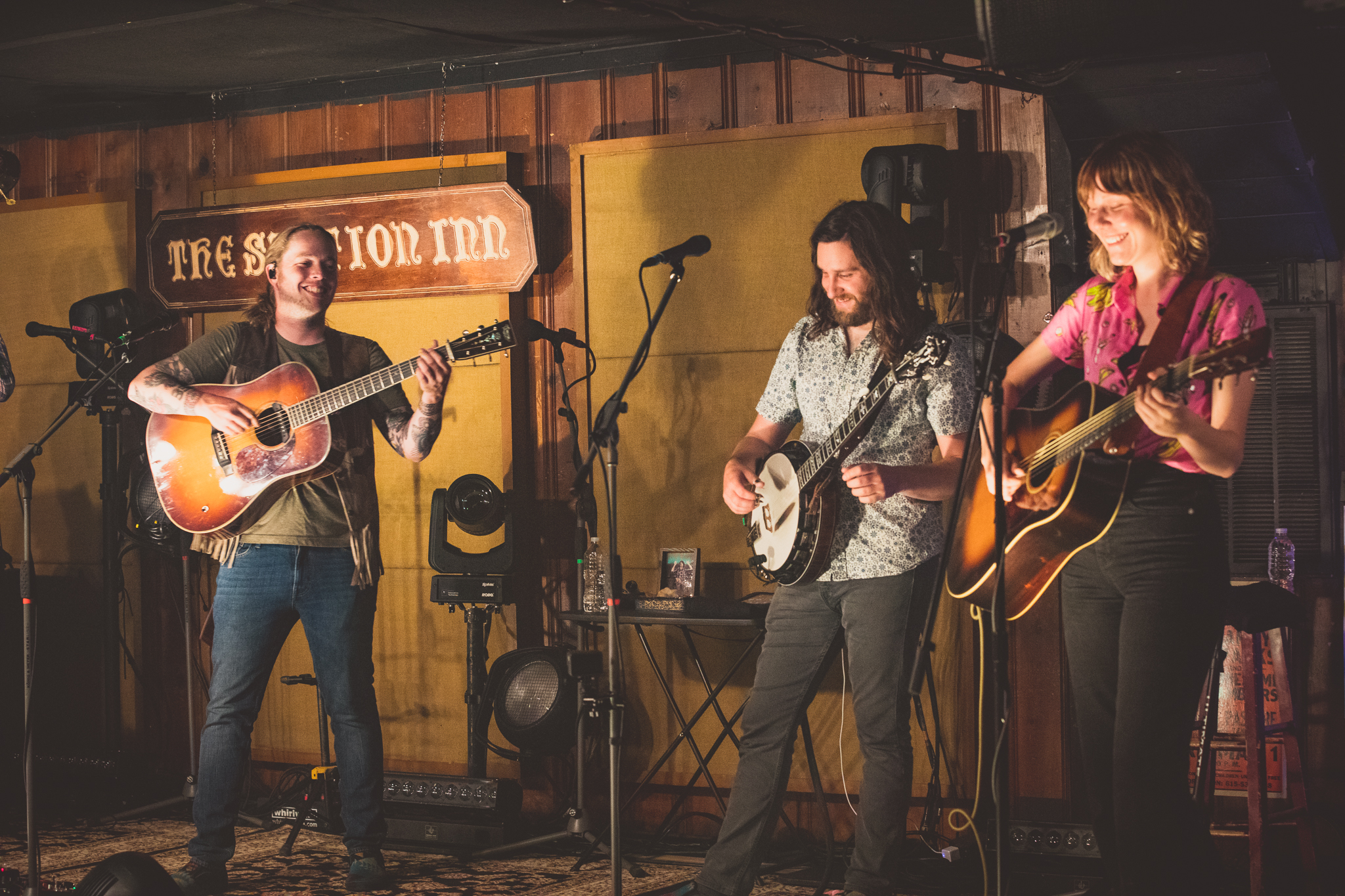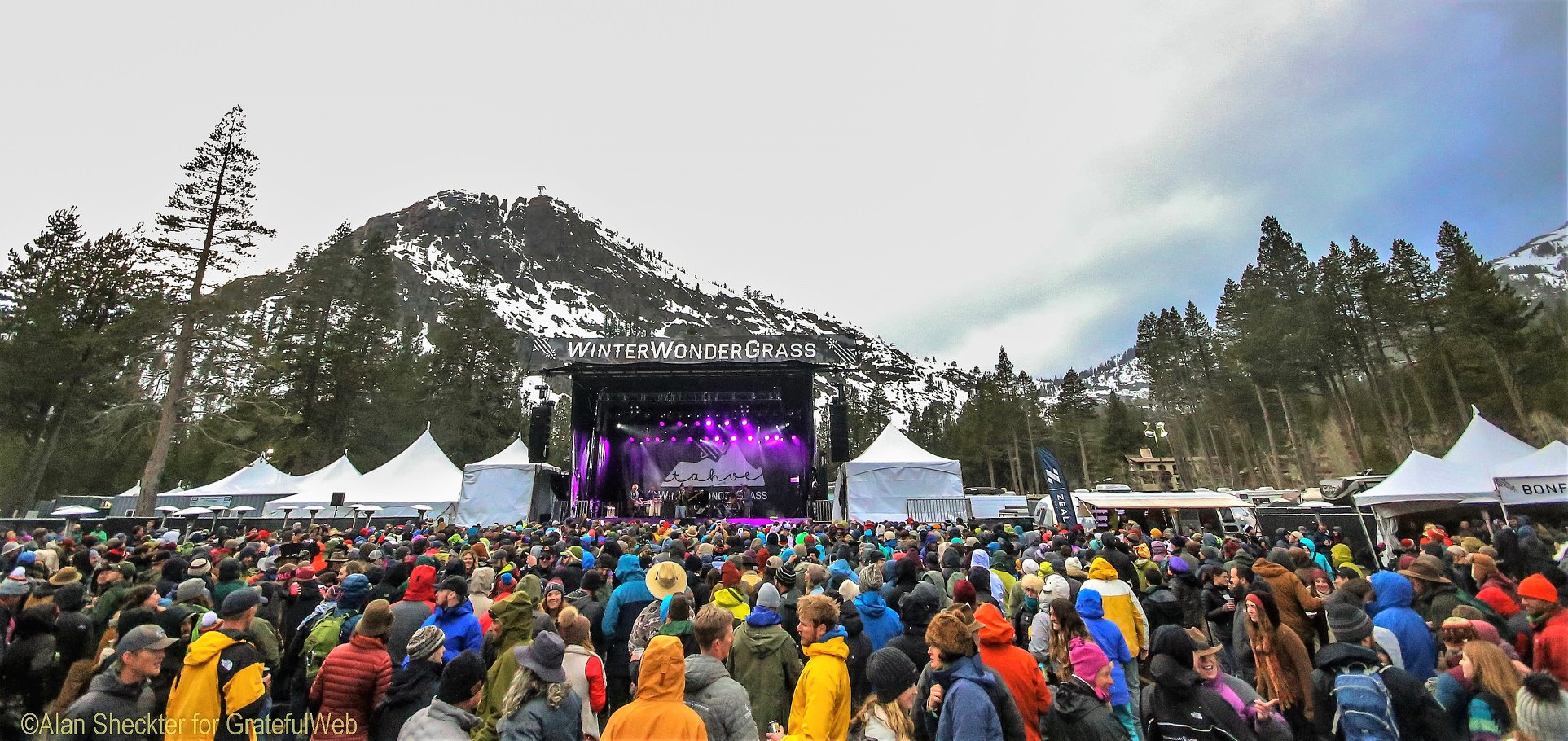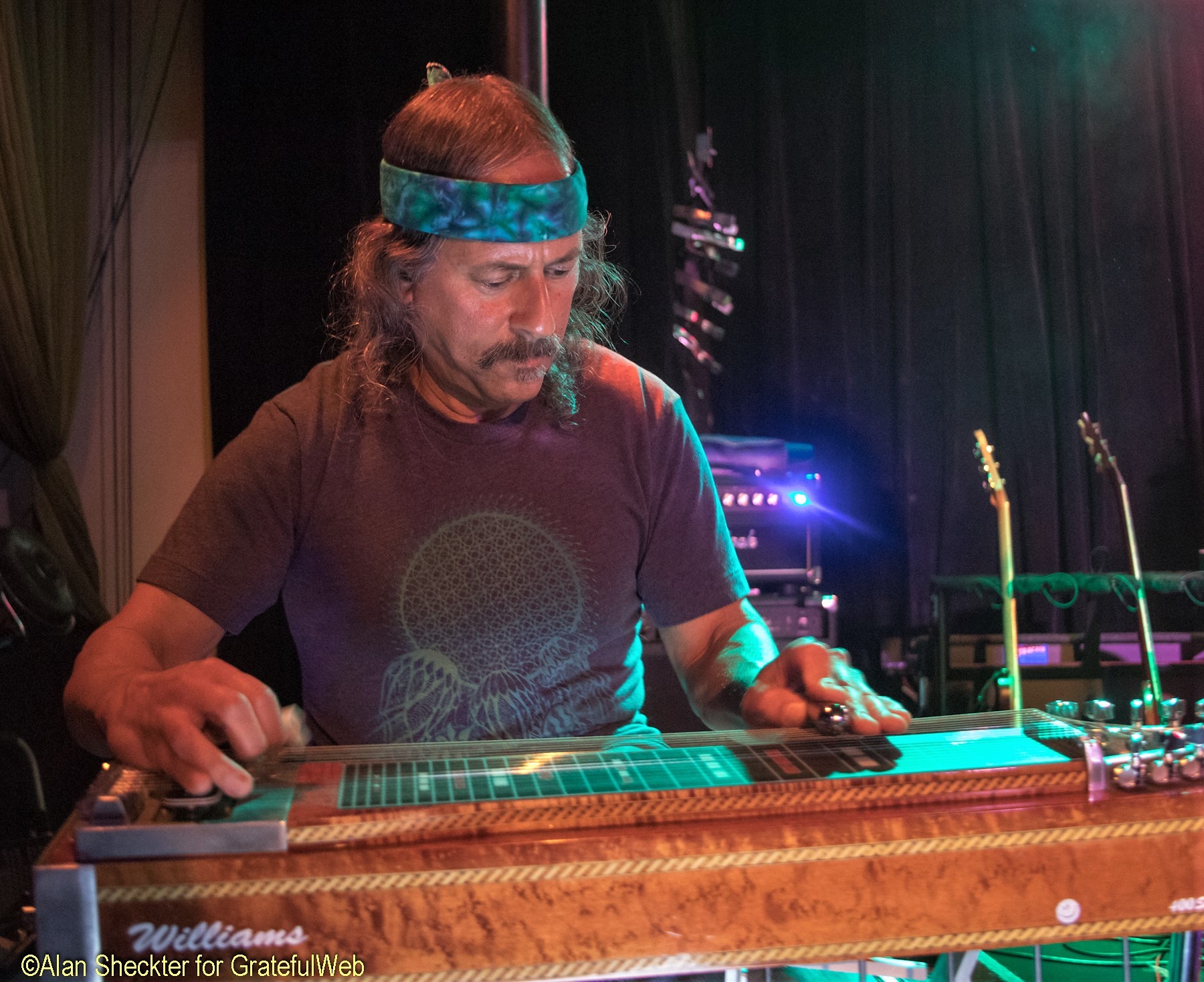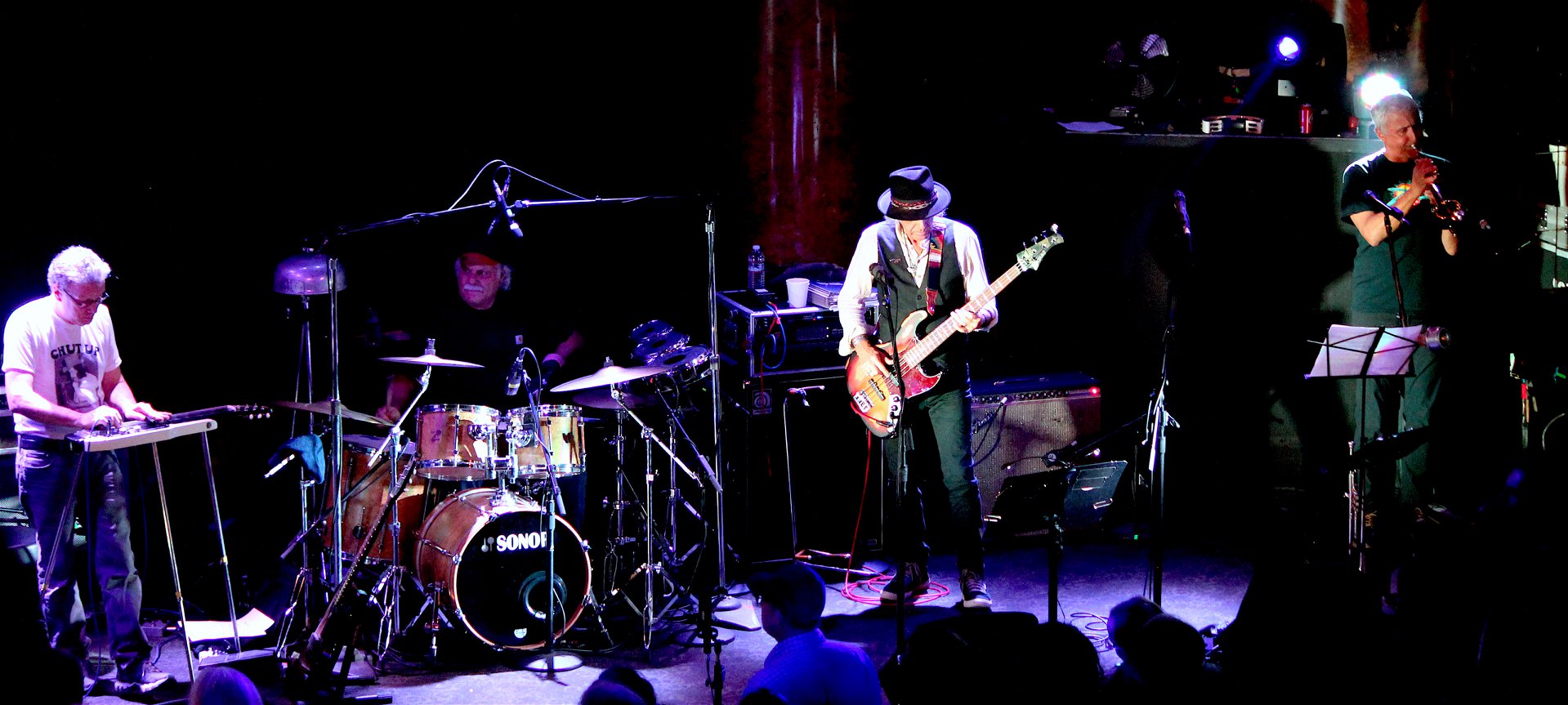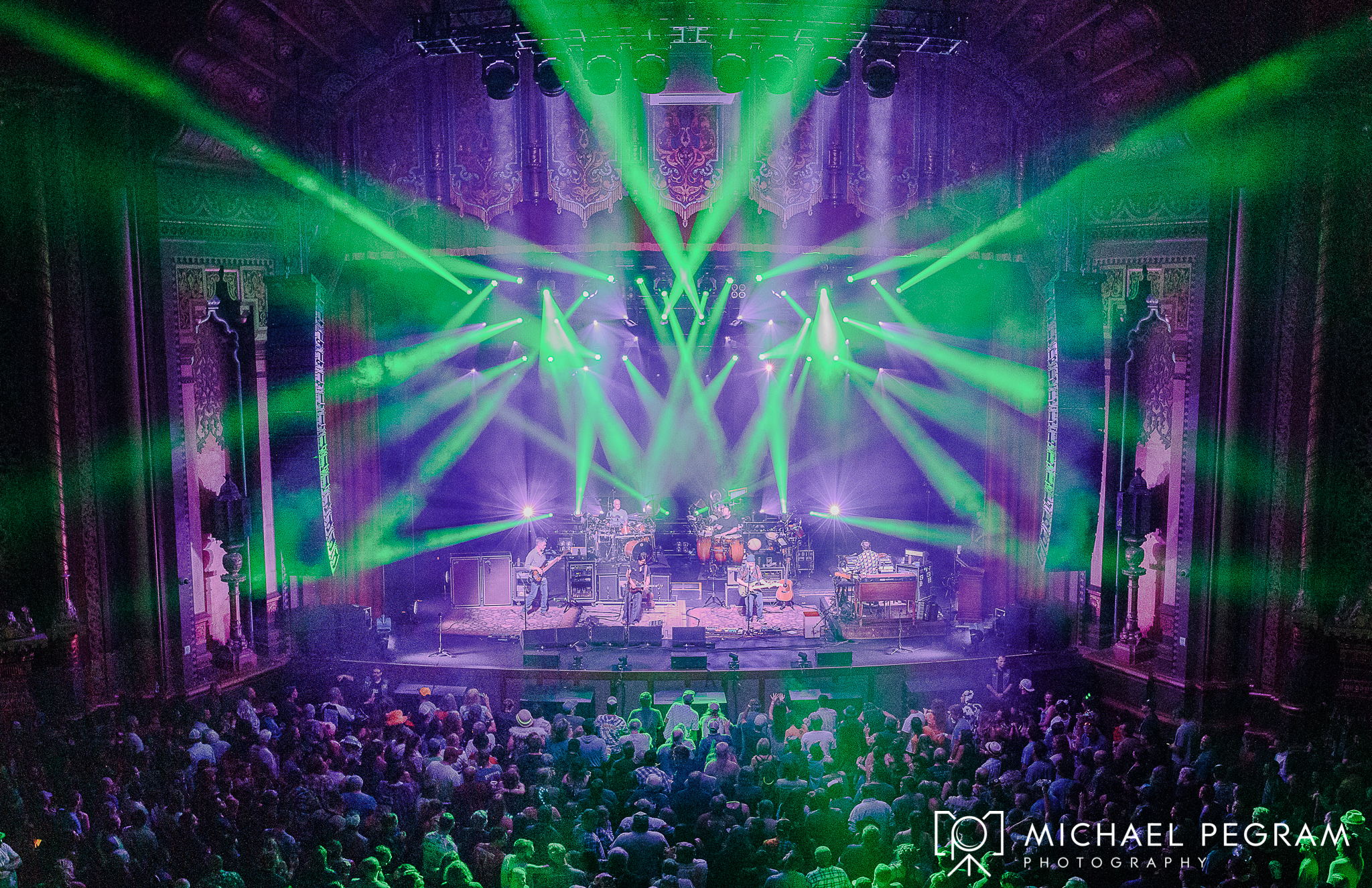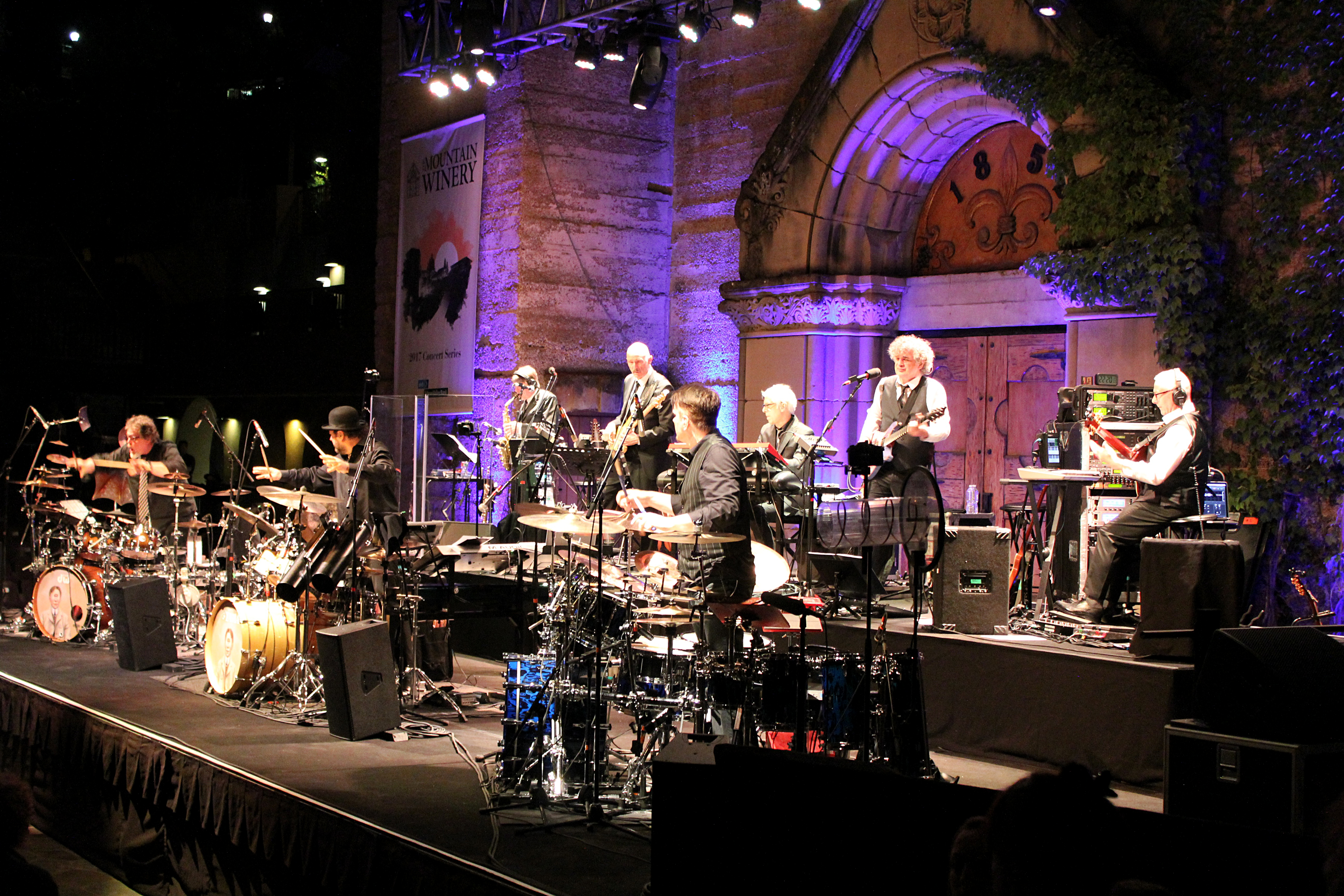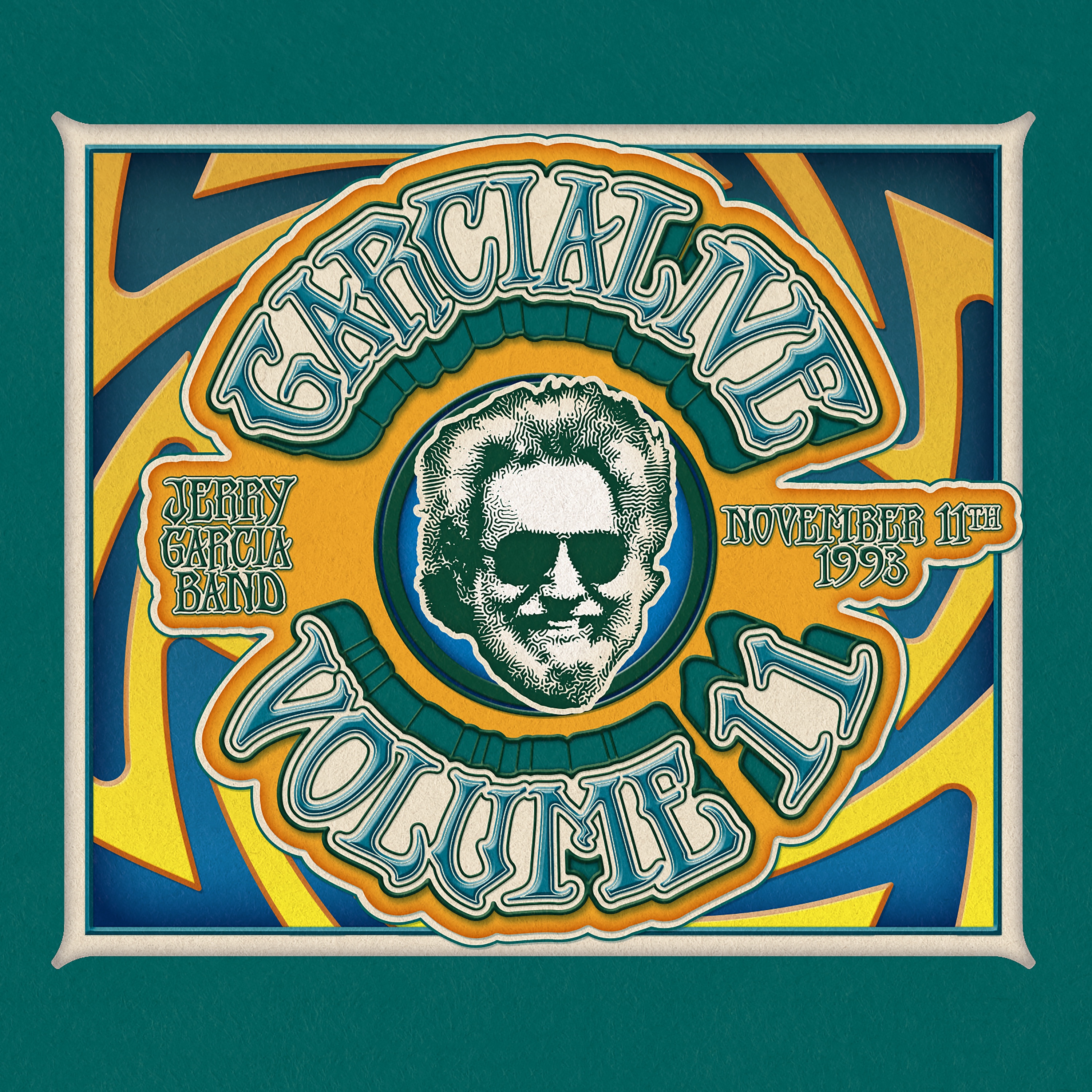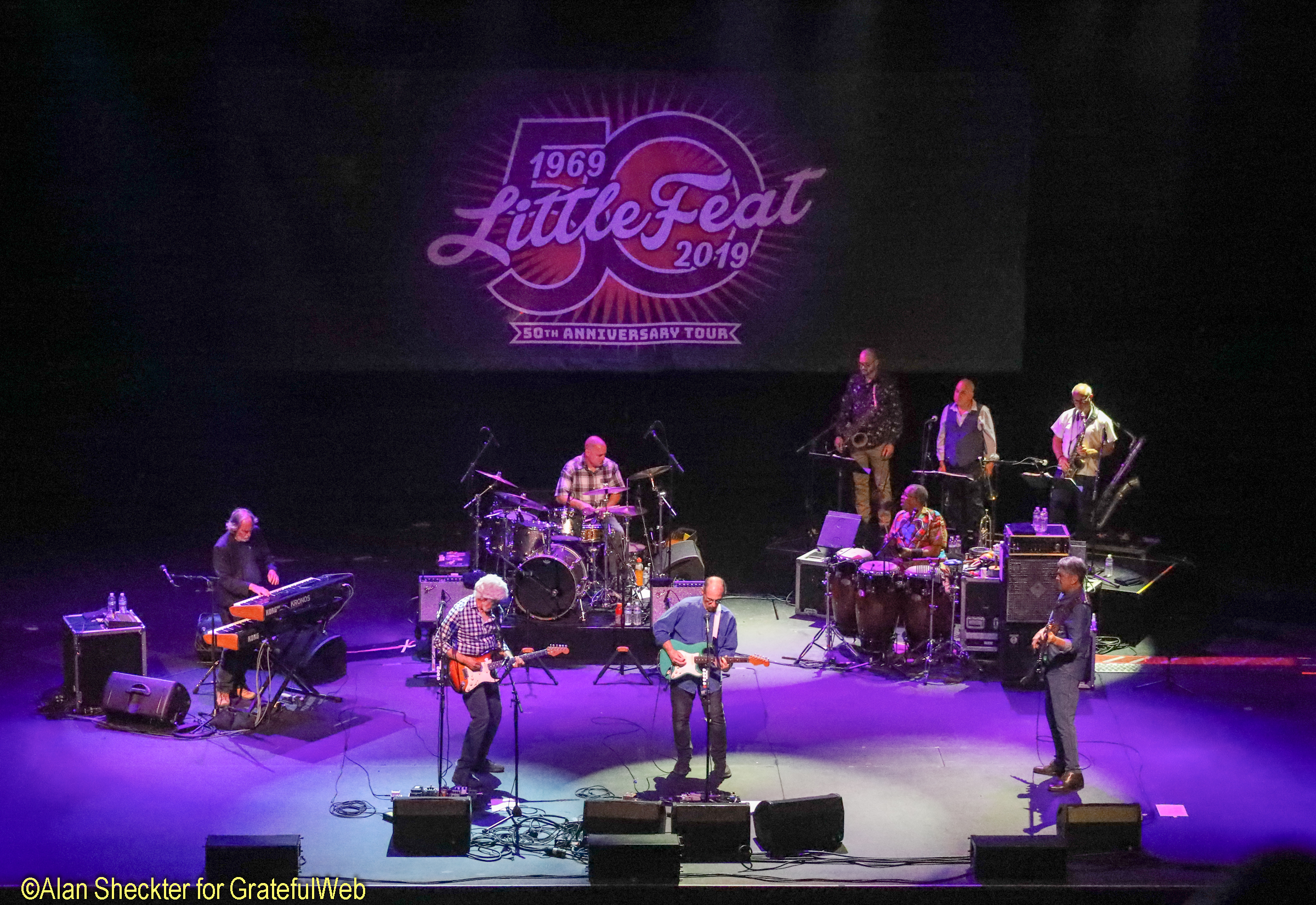Grateful Web took notice of the recently announced Grateful Dead Family Jubilee web auction and wanted to know more about it. How did these seemingly priceless things become auction worthy? Where did these artifacts come from? One of the auction organizers, Lisa Purze was kind enough to chat with Grateful Web about it. Providing us with the lowdown on the event that’s in honor of the 50th anniversary of Grateful Dead.
GW: This is Dylan Muhlberg of Grateful Web. I am joined today by Lisa Purze who is a primary organizer of the Grateful Dead Family Jubilee Auction. On April 11-12th Donley Auctions will conduct an online-only auction where the public will have the extraordinary chance to bid on seemingly priceless artifacts surrounding the American musical institution of Grateful Dead. Anything from Jerry Garcia’s personal William Morris chair, rare artwork from Rick Griffin and Stanley Mouse, archival documents predating the Internet by decades. Treasures such as original lyrics penned by Robert Hunter or snares and toms from Mickey Harts drum-kit. Fifty years of history and one chance to bid on the artifacts. Thank you for joining me today Lisa.
LP: Well thank you for having me.
GW: Absolutely Lisa. What makes the Grateful Dead more than just a popular rock’n’roll band?
LP: I think part of it is was because for Dead Heads, being a part of that was a way of life. I think it continues to be.
GW: True. And additionally there’s so much history as far as their innovations over the years that really changed the way people experienced live music.
LP: Yeah.
GW: How did this collection surface so many years after the fact, in 2015? Why not in the nineties after the disbandment or in 2008 when the Santa Cruz Grateful Dead archive opened?
LP: A group of us started talking about organizing this around a year ago because we thought the time was right, with the anniversary of the 50th. And we finally were able to make that a reality. Fifty years of Grateful Dead and twenty since it ended. Some of things we had gathered had been in storage in different places for many years. It took a lot of time and people to get the collection together and we’re thrilled its finally ready.
GW: And as you mentioned before, The Dead had a special connectivity to their fans. They never viewed themselves as icons or poster children for any ideology or cause. Are the surviving members of the band involved in the auction in any way?
LP: Not directly but the collection does honor the history and represent all of the members from Grateful Dead. Much of this memorabilia is just being realized. Some sat in storage lockers for decades until recently rediscovered.
GW: How can folks get involved for a chance to bid?
LP: Well if they go to our website, gratefuldead.auction, stuff is being added daily and there will be plenty of information on how to bid.
GW: Looking back from the 21st century it’s incredible to see the fascination with it all.
LP: Yes it’s a huge part of Americana. It’s almost as if the popularity is growing now. We have generations of younger fans such as yourself and others who are older and are just now being turned onto it all. What’s happened since [musically] is also incredible. And of course this summer’s combination (Grateful Dead, Fare Thee Well, Solider Field) should be thrilling.
GW: The band has always kept a close connectivity with its fans. Still, it makes me wonder why didn’t the families or band members themselves want to hold onto these certain artifacts?
LP: I think part of it was that to them these items were seemingly ordinary parts of their lives. They didn’t think about it. I didn’t realize how big this whole thing was until Jerry passed, because it felt personal. It was the time before the Internet and all this information. When you went to a show you ran into all the people you knew and that’s what you thought of them. Familiar faces across the whole country kind of made it feel like a small scene until it was all over.
GW: The bulk of the collection seems to be art of some sort. Any Garcia artwork in the collection? Any artwork from the other band members?
LP: Garcia art yes. We do. Most interestingly to me were the different album artwork originals. Some particularly stunning ones from Rick Griffin; his originals “Tiger” and “The Indian Chief.” And Stanley [Mouse] offering the original artwork from the Long Island Sound (Jerry Garcia Band 1989 release.) I always think album artwork is exciting to see, especially the originals. Also there’s an original watercolor painting of the art for the Twenty Years So Far [1985] video release.
GW: How do you put a price on the priceless?
LP: It’s an interesting question. Some of these people didn’t even realize the value of what they were holding onto. It sat in lockers; they didn’t realize what some of this stuff would mean to people. Because when you were there and involved in it all seemed routine. But now it’s part of music history and the public seem excited about it.
With an auction it’s a very low starting point, and you never know where the final bid is going to turn out. Some people are going to get excellent deals, others are going to be so exciting to get the winning bid on something that means so much to them.
GW: Great Lisa. Thanks for taking time to talk about this exciting event. Again fans can find all info about the upcoming online-only event at gratefuldead.auction. It was a pleasure chatting with you about all of this.
LP: You too Dylan. We’re just as excited about it as you are!






